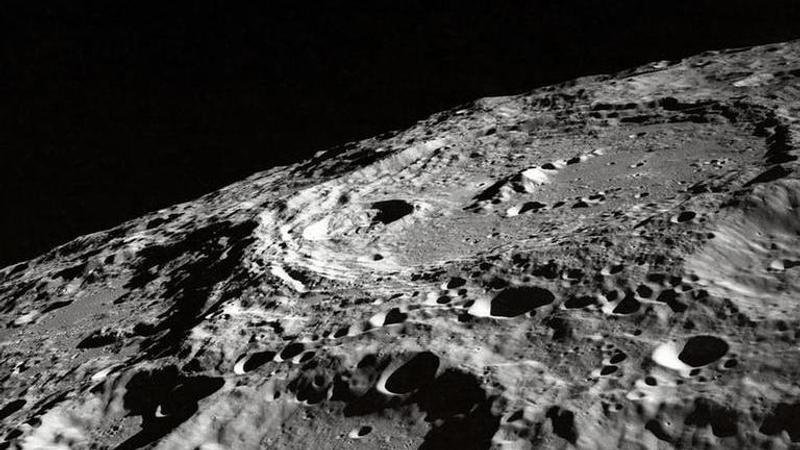Published 07:46 IST, August 15th 2020
ISRO, IISc scientists develop sustainable process to make 'space bricks' on Moon
In a massive development in space exploration, a team of scientists from ISRO and IISc Bengaluru have developed a sustainable process of making ‘space bricks'.

In a massive development in space exploration, a team of scientists from the Indian Space Organisation (ISRO) and the Indian Insitute of Science (IISc) in Bengaluru have developed a sustainable process of making ‘space bricks’ on the lunar surface. This new process also enables making of load-bearing bricks using the lunar soil, bacteria and guar beans.
The space bricks can be used to assemble the structures for habitation on the moon surface for the future because sending bircks from Earth is not viable as it reportedly takes at least 7.5 lakh rupees to transport one pound of construction materials.
This huge milestone achieved by Indian researchers would significantly cut the overall expenditure of making structures as guar gum is used instead of cement. This would also leave a lower carbon footprint and bacteria is added to further contribute to crystalising the brick in any desired shape.
ISRO names Moon's crater after Sarabhai
Meanwhile, to honour the Father of the Indian Space Program, Dr Vikram Ambalal Sarabhai, one of the craters in Moon captured by the Chandrayaan-2 has been named after him as ‘Sarabhai Crater’. On the completion of his birth centenary on August 12, ISRO said in a statement that the crater on Mare Serenitatis in the northeast quadrant of the Moon been named ‘Sarabhai Crater’ to pay tribute to the scientist.
Indian astrophysicist Dr Vikram Ambalal Sarabhai is also the Founder of Physical Research Laboratory apart from being a renowned cosmic-ray and space scientist. The Sarabhai Crater is present on one of the lunar mare regions on Earth’s natural satellite. It has vast lava plains creating a nearly flat surface. Around 250-300 kilometres on the east of the Sarabhai crater is the landing site of Apollo 17 and Luna 21 missions.
Image: Representative/Unsplash
Updated 20:07 IST, August 15th 2020



